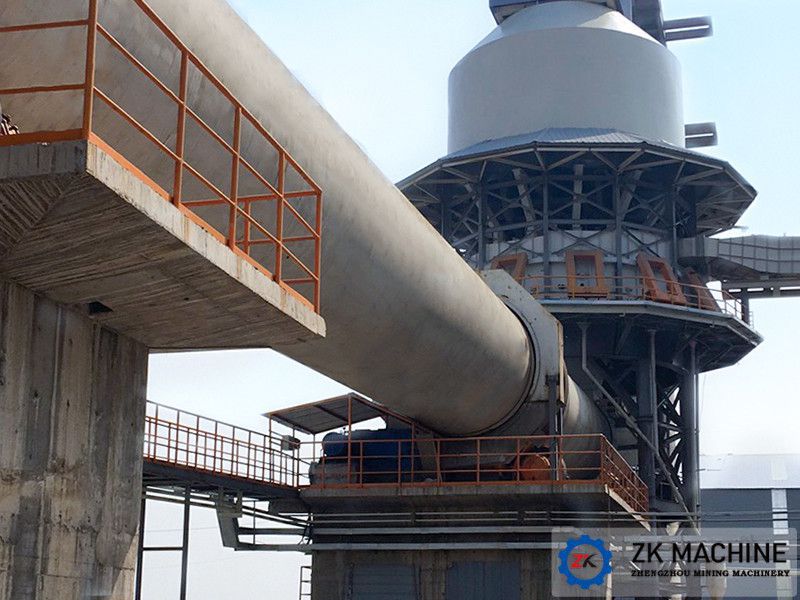The application of lime in sintering and the requirements of
Date:2021-11-03 14:35:26
Author:admin
Views:
237
Basically, the content of CaO in sinter is about 11%, which is second only to the content of iron, and the introduction of CaO is mostly by adding lime, so lime is of great significance to the production of sinter.
Adding CaO-containing materials to the sinter ingredients can reduce the amount of limestone in the blast furnace ingredients. If the amount of CaO brought by the high-basicity sinter can meet the basicity requirements of the blast furnace slag without adding limestone, it is the most ideal solution. In the production of self-fluxing or high-basicity sinters, calcium ferrite compounds and eutectic bodies are the main liquid phase bonding at high temperatures.
The introduction of CaO in sinter can be achieved by adding lime or limestone, or by mixing two materials in different proportions. When there is part of limestone in the added material, when the material passes through the sintering machine, the fuel in the sintering ingredients ignites and burns from the upper layer to the lower layer, and accordingly the limestone is decomposed into lime, then it is sintered with iron ore.
The use of lime instead of limestone for sintering is based on the fact that it can be mixed with iron ore powder more evenly after hydrolysis, and at the same time, the moisture of the ore powder is reduced, and the air permeability of the sintering material is improved; in addition, the heat liberated by lime water can increase the temperature of the ingredients 30~50℃, this will not only improve the quality of sintering ore, but also improve the production efficiency of the sintering machine.
The application of high basicity sintered ore increases the consumption of limestone or lime for sintering, if all lime is used, the small-size limestone produced by the mine cannot be reasonably used, and the mineralization rate of mine resources is reduced. Therefore, in fact, limestone and lime are often used in a certain proportion.
In view of the role played by lime in the sintering process, there are some specific requirements corresponding to the performance indicators of lime in order to control all links in the lime production process to maximize its effectiveness.
In terms of particle size requirements, the upper limit of the general manufacturer's digging is 3mm, and the upper limit of some manufacturers is enlarged to 5mm, and the lower limit is not limited. The finer particle size determines that the method of transportation often uses closed tankers, pneumatic transportation, etc., and belt conveyors and other transportation equipment are used as little as possible.
The requirements for chemical composition indicators are: ω(CaO) >88.5%~905%, ω(MgO) <0.68%, ω(SiO2)<2.70%, residual ω(C02) <3.0%~5.0%. At present, the sintering process has not made further control on the level of S content in lime, because it accounts for a lower proportion of the overall sintered ore, but generally the lower the S content, the more time it takes to remove S in the subsequent ironmaking process. Correspondingly lowering the temperature of molten iron is beneficial to the entire ironmaking process.
In terms of activity requirements, testing is carried out in accordance with the "Metallurgical Lime Physical Inspection Method" (YB/T 105-2005). According to the characteristics of iron ore raw materials used by each enterprise, the activity of lime is required to be greater than 280 mL, and higher control is required more than 320mL.
Henan Zhengzhou Mining Machinery Co., Ltd., as a professional supplier of complete sets of lime equipment, is committed to the research and development of lime equipment and processes. Your consultation is welcome.

